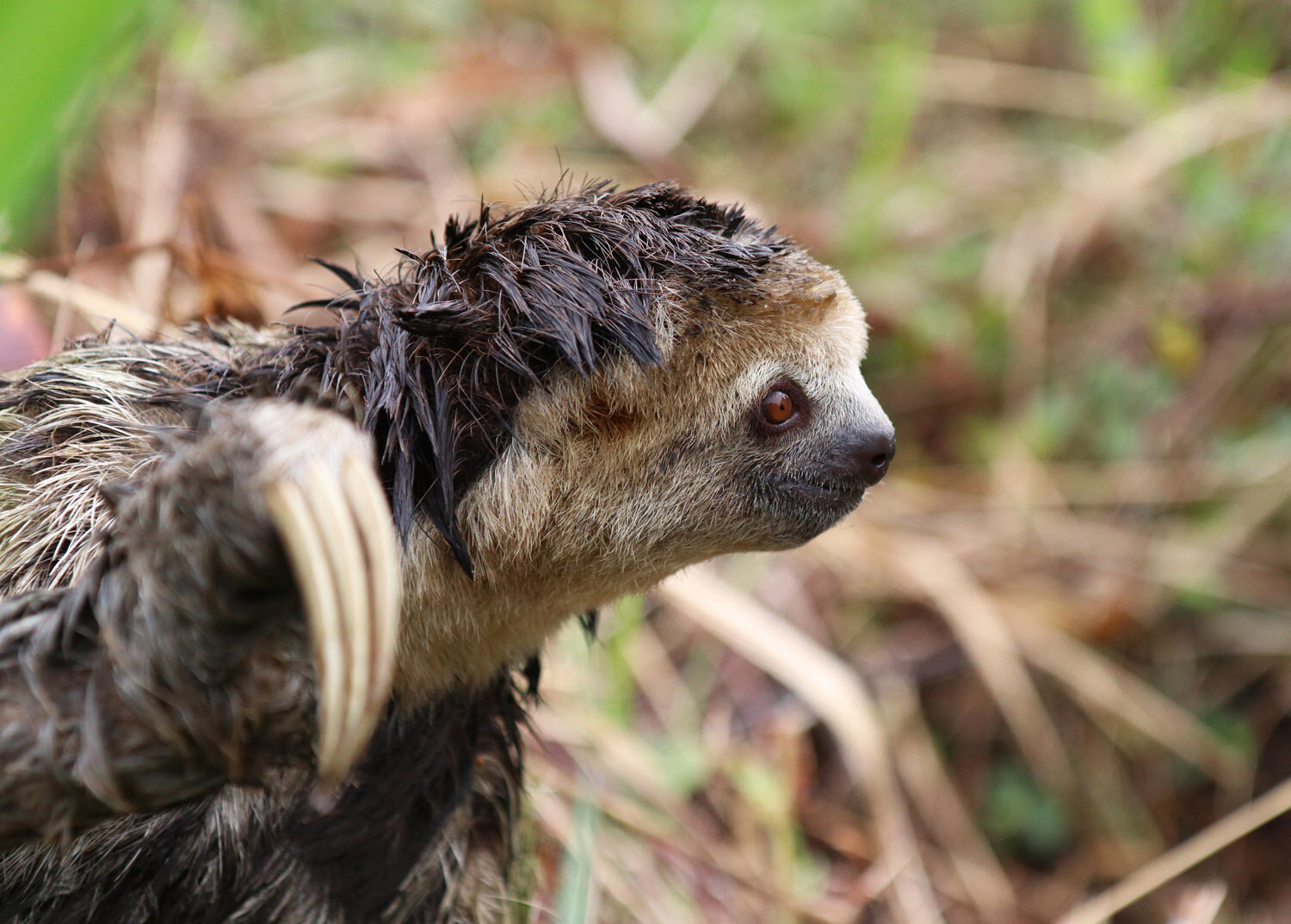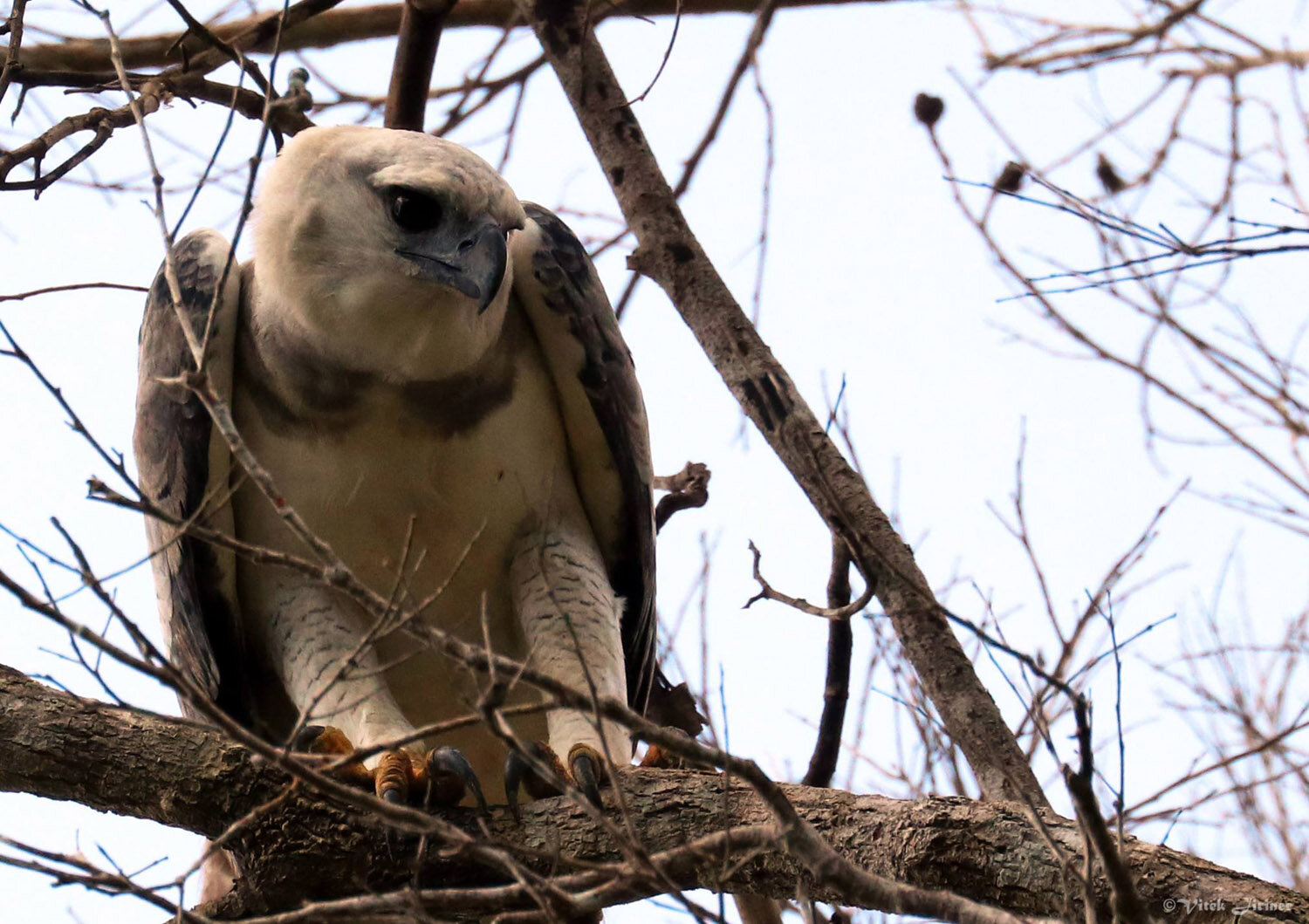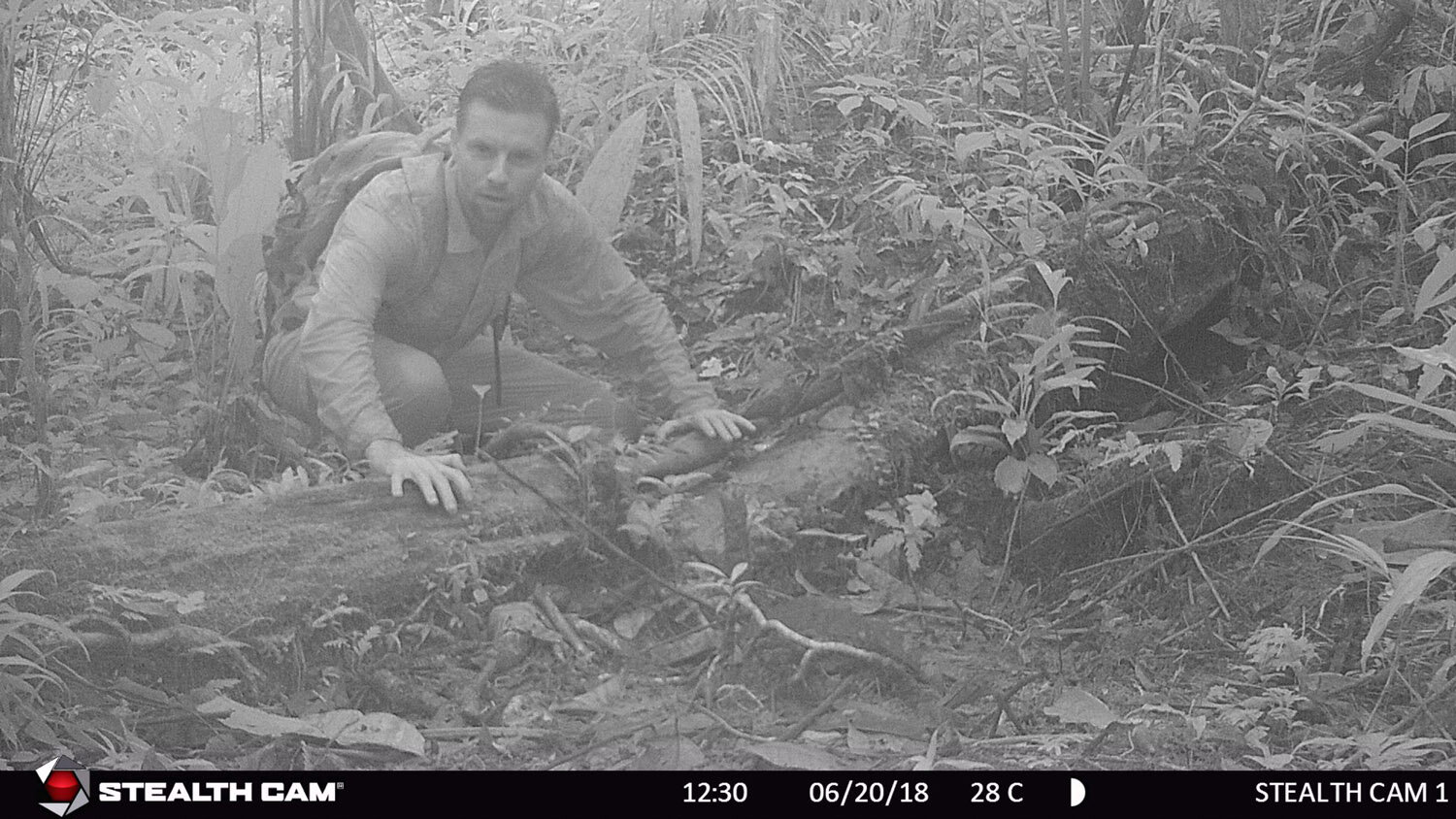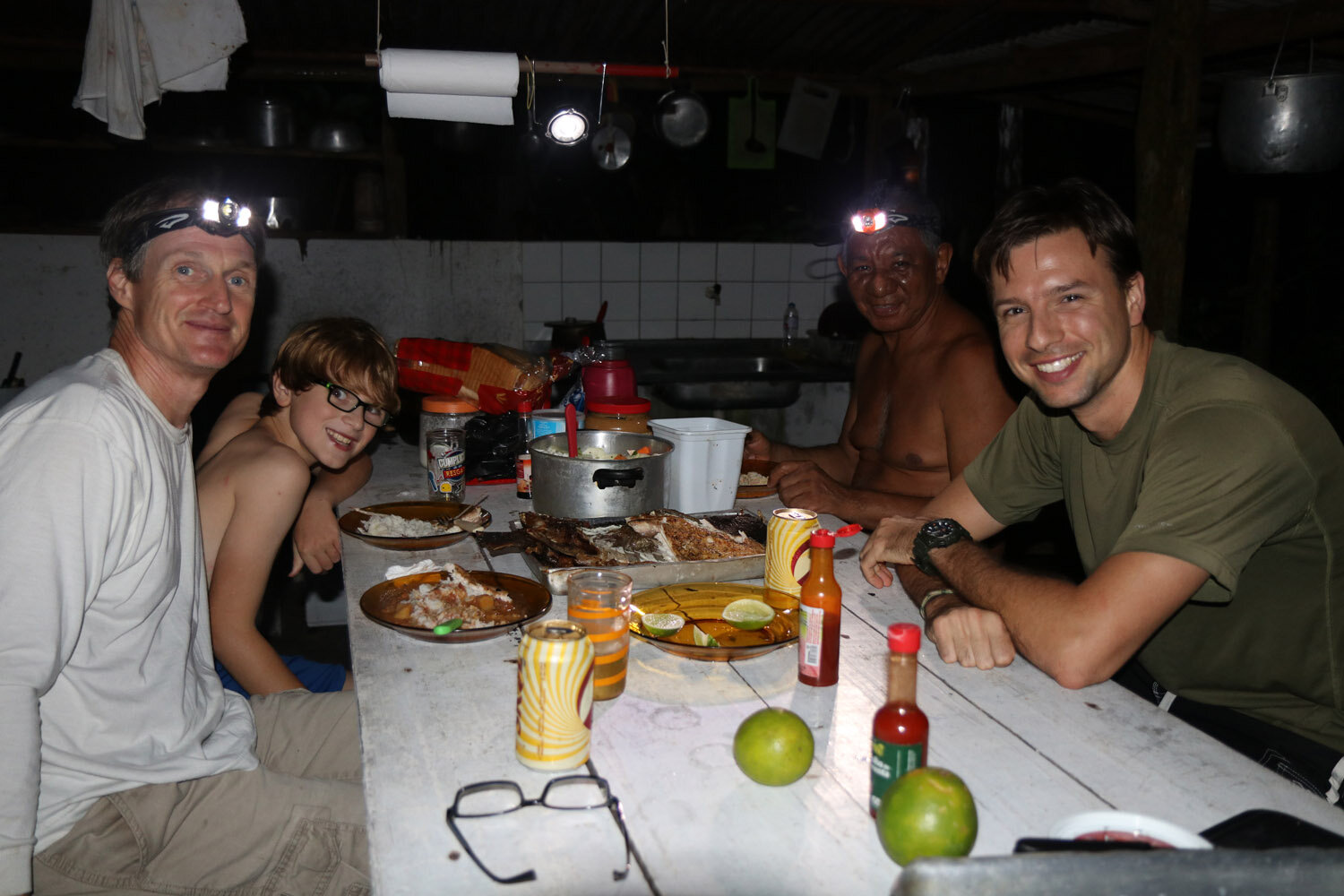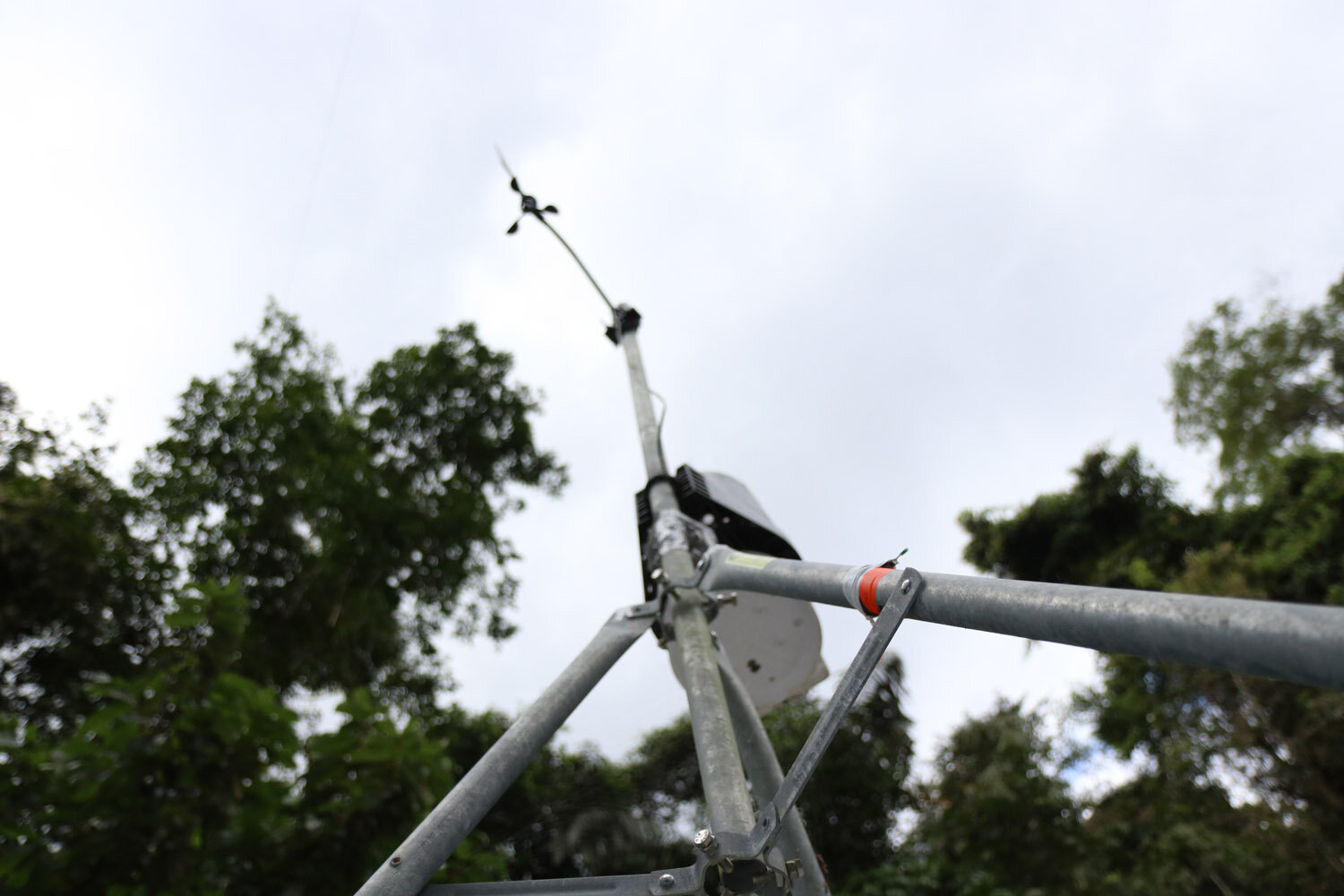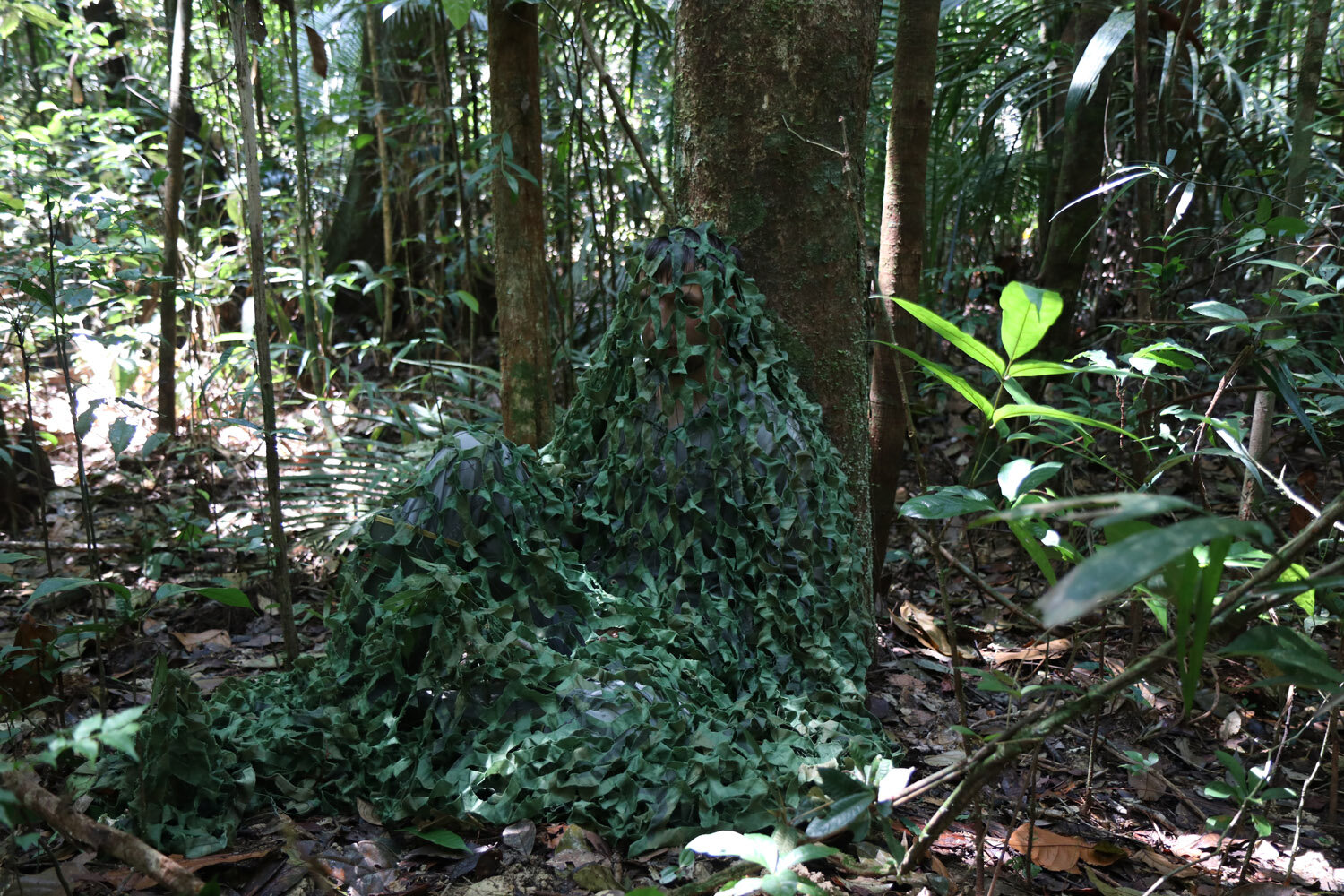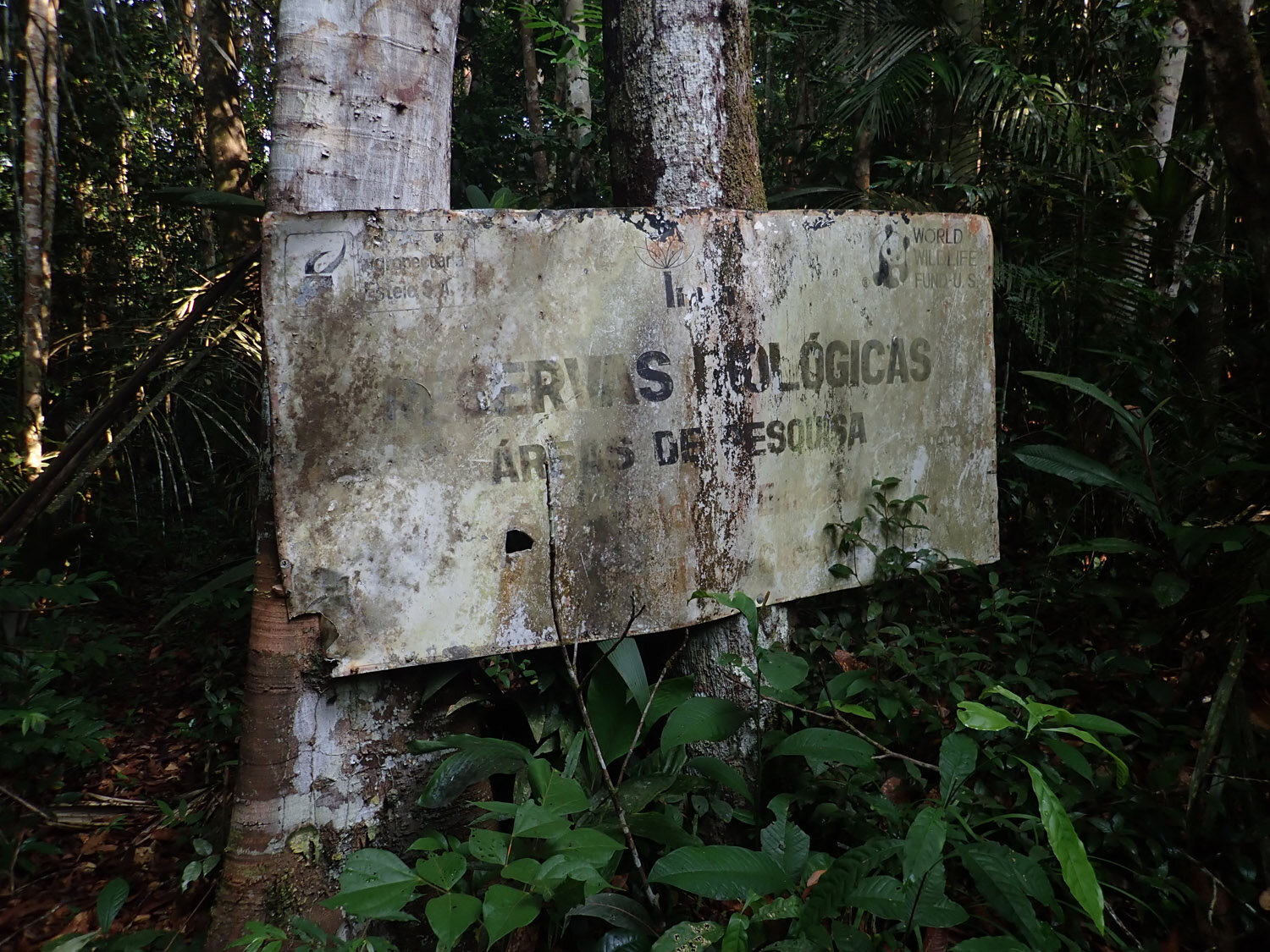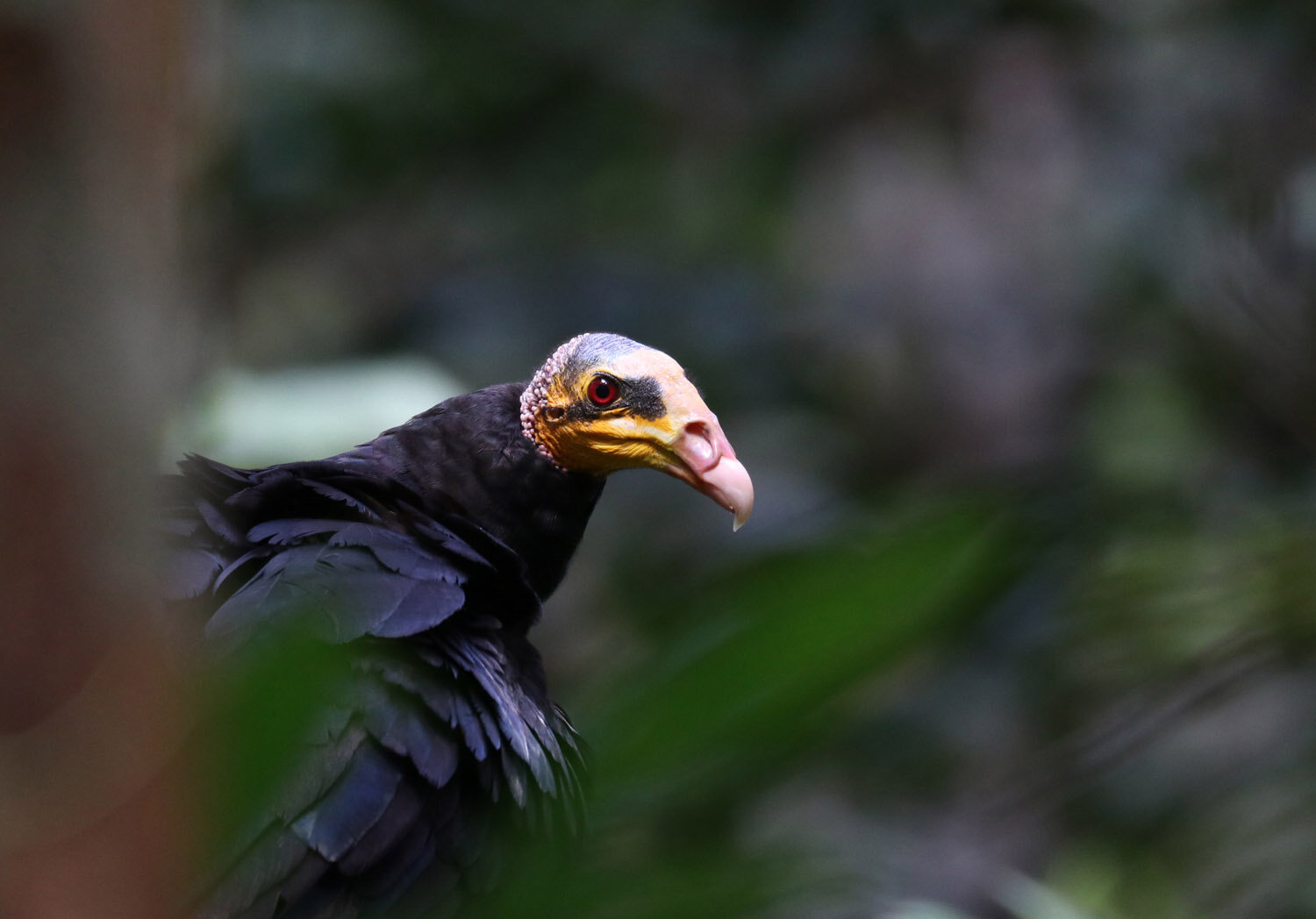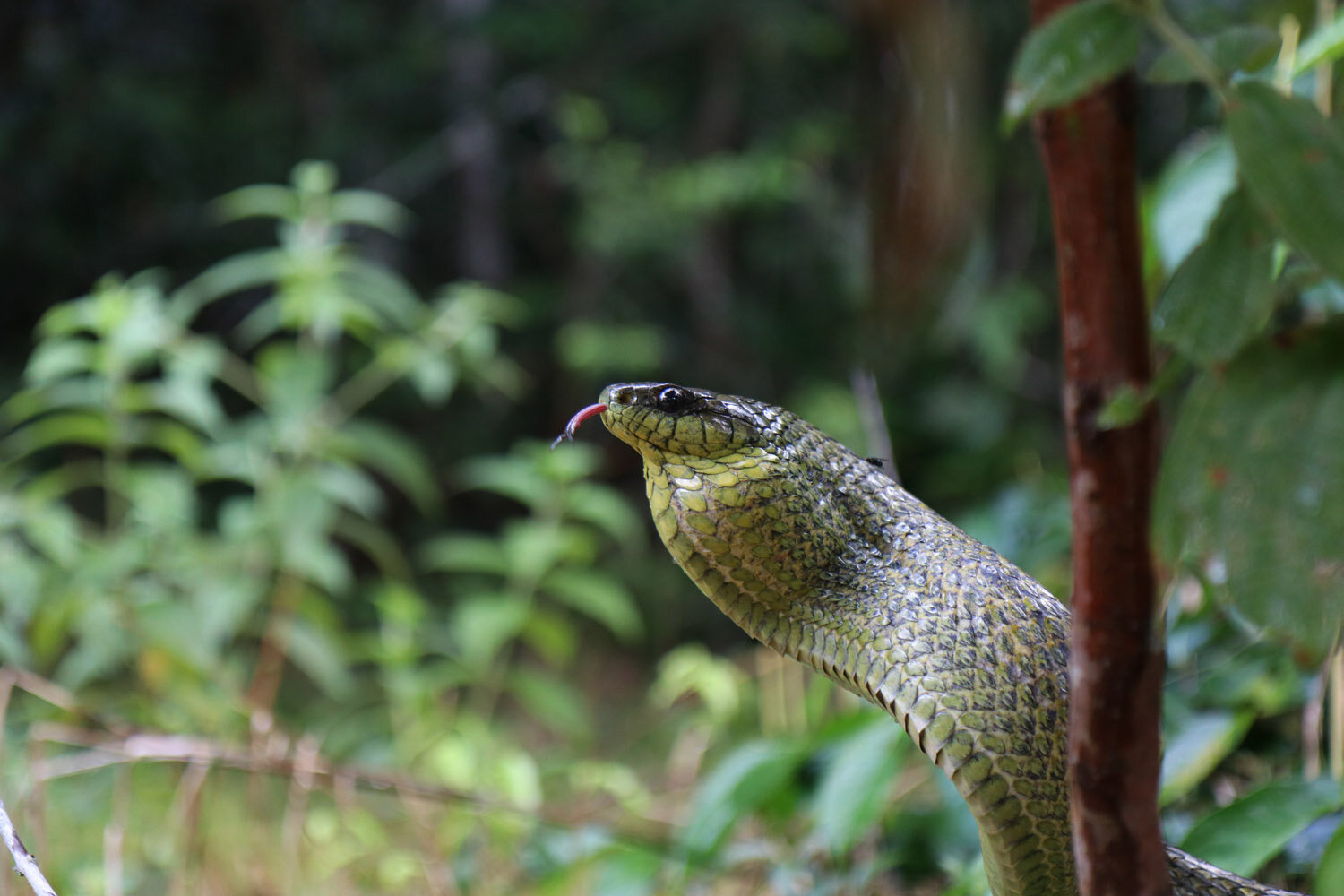
“PROJECTS > Amazonia”
Population and community dynamics of birds in “intact” Amazonia
Collaborators: Phil Stouffer, Cameron Rutt, Patty Rodrigues, Ryan Burner, et al.
In 2015 I started my PhD work in the lab of Phil Stouffer, who spent nearly 30 years leading the bird effort at the Biological Dynamics of Forest Fragments Project (BDFFP). As the name implies, the BDFFP was established to study the effects of forest disturbance on Amazonian biota. Over the nearly four decades of this effort, we gained a lot of understanding about what happens to birds when you cut rainforest into small pieces—see Phil’s overview here (spoiler: not good for birds). As my contribution to the BDFFP research, I focused my dissertation on the continuous primary forest at the BDFFP. More than 90% of the area is forested, most of that forest has never been cut, and bird data were collected there as controls for the fragment work.
Overall, research categorized under this “project” is a diverse set of efforts with several collaborators. Besides the bits that form my dissertation chapters, I touch on papers we wrote with Phil, Cameron, and Patty, along with a range of other coauthors. The overarching goal of this research is to understand the biological dynamics of “intact” Amazonia, taking advantage of the long-term data collected within primary forest. What we are beginning to notice is that direct disturbance such as deforestation is not the only threat to the vast Amazonian ecosystem—we see evidence of change even in what should be intact forest. Although the investigation is ongoing, these shifts are most likely tied to climate change.
What’s the story with birds in “intact” forest over the last 40 years?
Primary forest appeared to have changed in just the last 40 years
After nearly five years in the works, we published capture trends of birds over time in continuous forest. We show that the numbers of birds (that are well-sampled with mist nets) have shifted to include (many) fewer terrestrial and near-ground insectivores. Curiously, these are the species that are most sensitive to landscape disturbance such as fragmentation—including possibly due to changes in microclimate as hotter and drier conditions seep in from cleared areas. Similar story was found some 2,000 km away in western Amazonia, at the Tiputini Biodiversity Station.
Why are ground-foraging birds disappearing from Amazonia?
To shed at least some light on this question, the main goal of my dissertation was to measure ambient conditions in the rainforest understory and track birds to see how they use this environment as these conditions fluctuate throughout the year. Nearly all my field time at the BDFFP was consumed by catching these now rare, enigmatic denizens of undisturbed Amazonia, deploying biologgers on them, and then trying to recapture the same birds a year later to collect the data. If this sounds easy, it wasn’t. Birds were sneaky, smart, and had large home ranges. In the end, however, we managed to get a reasonable sample size of about nine species. The results of this effort should be coming up in 2021.
The Black-faced Antthrush is one of our focal species. To catch it, we trawl the rainforest using the playback of its vocalizations—including the one above.
See coverage of this research by The Guardian, BBC, Mongabay, Daily Mail, AOS
Publications to date
Philip C Stouffer, Vitek Jirinec, Cameron L. Rutt, Richard O. Bierregaard, Angélica Hernández‐Palma, Erik I. Johnson, Stephen R. Midway, Luke L. Powell, Jared D. Wolfe, and Thomas E. Lovejoy (2020). “Long-Term change in the avifauna of undisturbed Amazonian rainforest: Ground-foraging birds disappear and the baseline shifts.” Ecology Letters. https://doi.org/10.1111/ele.13628
Cameron L. Rutt., Vitek Jirinec, Mario Cohn‐Haft, William F. Laurance, and Philip C Stouffer (2019). “Avian ecological succession in the Amazon: A long-term case study following experimental deforestation.” Ecology and Evolution. https://doi.org/10.1002/ece3.5822
Cameron L. Rutt, Stephen R. Midway, Vitek Jirinec, Jared D. Wolfe, and Philip C. Stouffer (2019). “Examining the microclimate hypothesis in Amazonian birds: Indirect tests of the ‘visual constraints’ mechanism.” Oikos 128: 798–810. https://doi.org/10.1111/oik.05781
Vitek Jirinec, Elisa C. Elizondo, Cameron L. Rutt, and Philip C. Stouffer (2018). “Space use, diurnal movement, and roosting of a Variegated Antpitta (Grallaria varia) in central Amazonia.” Ornitología Neotropical 29: 13–20.
Cameron L. Rutt, Vitek Jirinec, Erik I. Johnson, Mario Cohn-Haft, Claudeir F. Vargas, and Philip C Stouffer (2017). “Twenty years later: An update to the birds of the Biological Dynamics of Forest Fragments Project, Amazonas, Brazil.” Revista Brasileira de Ornitologia - Brazilian Journal of Ornithology 25: 277-296–296.
Videos and photos
Three-toed Sloth
Harpy Eagle by the project access road
Sleeping arrangements at Camp 41
Preparing field sensors
Phil and William process a bird
Cameron with a Rufous-capped Antthrush
Phyllomedusa leaf frog
Igarapé at Cabo Frio
Phil Stouffer with a Black-faced Antthrush
Patty Rodrigues with a Spotted Antpitta
Wildlife
Puma ~300m from Camp 41
A whip scorpion
Project access road (ZF 3)
Evening meal at Camp 41 - roasted tambaqui
Forest floor
Jaguar near the Cabo Frio tower
Camera trap 330m from camp: jaguar
Camera trap 330m from camp: ocelot
Field sensors ready for deployment
Weather station at Camp 41
Camo for trapping birds (they are smart)
Cabo Frio camp
Christina Varian with a Spotted Antbird
Gilberto Fernandez at the Cabo Frio tower
Vitek with a Black-faced Antthrush
Pinduca with a nightjar
Research crews at Camp 41 (summer 2018)
Bruna Amaral with a Black-faced Antthrush
Patty with her creation - a pudim
Jairo with a Black-tailed Leaftosser
Camp 41 pool brings Marcel Vaz into a pensive state
Back in the day, the BDFFP was affiliated with WWF
Sunrise over Amazonia
Roosting Black-faced Antthrush
Thrush-like Antpitta
Processing a bird in the field
This altar was erected to bring us good luck in the field
One bird in the hand (Tawny-crowned Greenlet)
A blunt-headed snake
Greater Yellow-headed Vulture
Yellow-bellied Puffing Snake
Caiman
Acanthoscurria simoensi
Goliath Birdeater
Cabo Frio camp caiman
Big cat track (jaguar or puma)
Sunset over Amazonia

